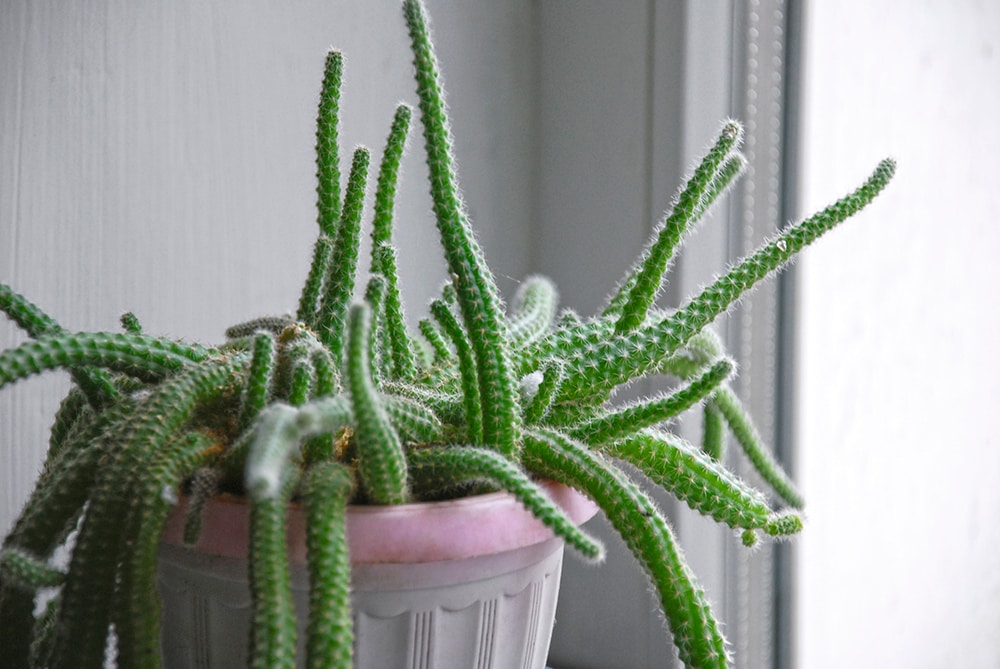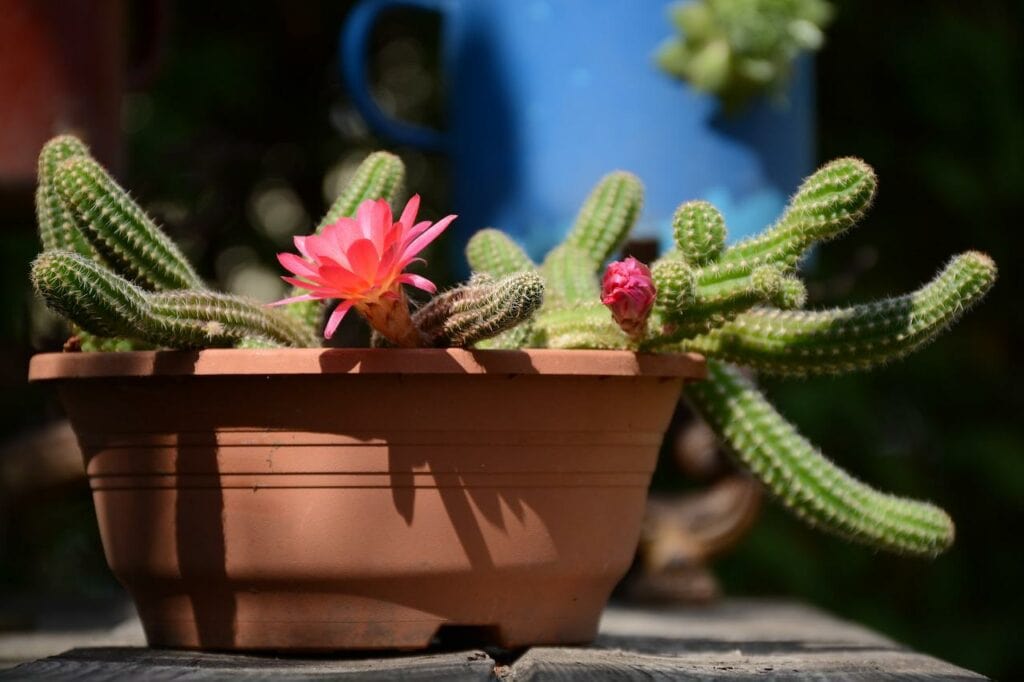How To Root a Cactus Cutting: 9 Tips & Tricks
-
Visnja Radosavljevic
- Last updated:

Cacti plants are low maintenance, undemanding, and easy to grow. Because of that, many people choose them as an addition to their indoor and outdoor gardens. If you already have a cactus, you might want to root a new plant, which you can do in multiple ways.
One of the rooting methods is to use cactus cuttings, which can sometimes be complicated. If you’d like to know more about how to root a cactus cutting and get some valuable tips and tricks on this technique, check out the rest of our article.
Can You Propagate a Cactus From a Cutting?
You can propagate a cactus from a cutting, and this propagation method is highly beneficial as it will allow you to grow healthy plants more quickly than growing them from seed. However, to do this job successfully, you need to know how and when to cut and which cactus species grow the best when propagated from cuttings.

Which Cactus Species Grow Best When You Propagate Them From Cuttings?
- Opuntia: Prickly pear cactuses such as Senita and Pincushions. These cacti are extremely easy to grow from cuttings, but they need special care, making them challenging for beginner gardeners.
- Mammillaria: All Pincushion cacti that grow in spirals or clumps can quickly be propagated from cuttings. They require a lot of sunlight and average water conditions.
- Echinopsis: Cacti such as Echinopsis pachanoi, and Easter lily. They are easy to grow and you can propagate them from cuttings without issues, but they need a lot of sunlight.
The 9 Tips & Tricks on Rooting a Cactus Cutting
1. Consider the Cutting Time
For the best results, it’s best to take the cuttings in late summer/early fall (between August and October). The weather should be dry and cold, while the temperature should average at around 60°F.
You could also take the cuttings during winter, but they will take longer to grow roots.
Typically, cactus cuttings cannot succeed in areas where it’s constantly cold, and they will thrive in warmer climates with more sun during the day.

2. Choose the Best Stem
To make this propagation more effective, you should try to choose the best stem for propagation. It’s best if the stem is healthy and at least 4 inches long. When cutting, try to do it at a 45° angle. You’ll need a sharp knife, or you could break old pads carefully or separate two stems with your fingers.
3. Protect Your Hands
As cactuses have prickly spines, you’ll need to protect your hands before cutting. You could purchase protective gloves or wrap your hands in medical tape. Either way, keep the spines away from your hands, as they could cause multiple issues.

4. Get a Good Rooting Compound
Once you have the cutting, you’ll need a rooting compound to allow the cut on the stem to heal. When the stem is recovered, it will be ready for new planting, and soon, you’ll have a new cacti plant joining your family.
5. Store the Cutting
You’ll need to store the cutting and allow it to air-dry. It’s best to monitor the plant regularly to ensure that the bottom is totally dry. Once a callus forms, your cutting will be ready for planting.

6. Choose a Rooting Method
There are two different ways you can grow a new cactus from the cutting.
- Soil rooting
- Water rooting
Most people stick the cutting directly into the soil, but it’s much better to wait until the plant establishes before transplanting it into the soil. If you plant the cutting into the soil, ensure it’s set in a sunny spot that receives a lot of sunlight throughout the day, as that will promote growth.
You should know that cacti don’t like to be watered often and don’t like when they’re overwatered. It’s best to water cactus cuttings when the soil gets completely dry.
7. Follow the Signs of New Growth
Once planted, you should keep an eye on your cactus and follow the signs of new growth. If you notice that the plant is wider or taller, that means it’s ready for transplanting. The plant typically takes around 3 to 4 weeks to get substantial roots.

8. Transplant the Plant
You should transplant the plant into a larger pot with a soil mixture that contains compost or pumice. It’s best to use tweezers and a spoon to remove the new plant from its original pot and plant it into a new one.
9. Provide the New Plant with the Required Care
The new plant will need proper care to grow into a healthy, strong cactus. For the first couple of weeks, it’s best to keep the plant in a sunny spot but avoid direct sunlight. They will grow the best in partial shade or indirect sunlight. When you notice new leaves and roots, you can place your cacti in a brighter location.
When it comes to water, cacti don’t need a lot of water to thrive, so you should water your plant only when the soil dries out. Never allow the cacti to sit in water, as that could put your cacti in danger.
- Related Read: How to Repot a Cactus: 6 Tips & Tricks
 Conclusion
Conclusion
Rooting a cactus from a cutting can be challenging at times, but as long as you follow our tips and tricks, the whole process should run smoothly. If you’re a beginner gardener, choose one of the species that’s easier to propagate to make the whole rooting experience faster.
Featured Image Credit: KawaiiS, Shutterstock
Contents

